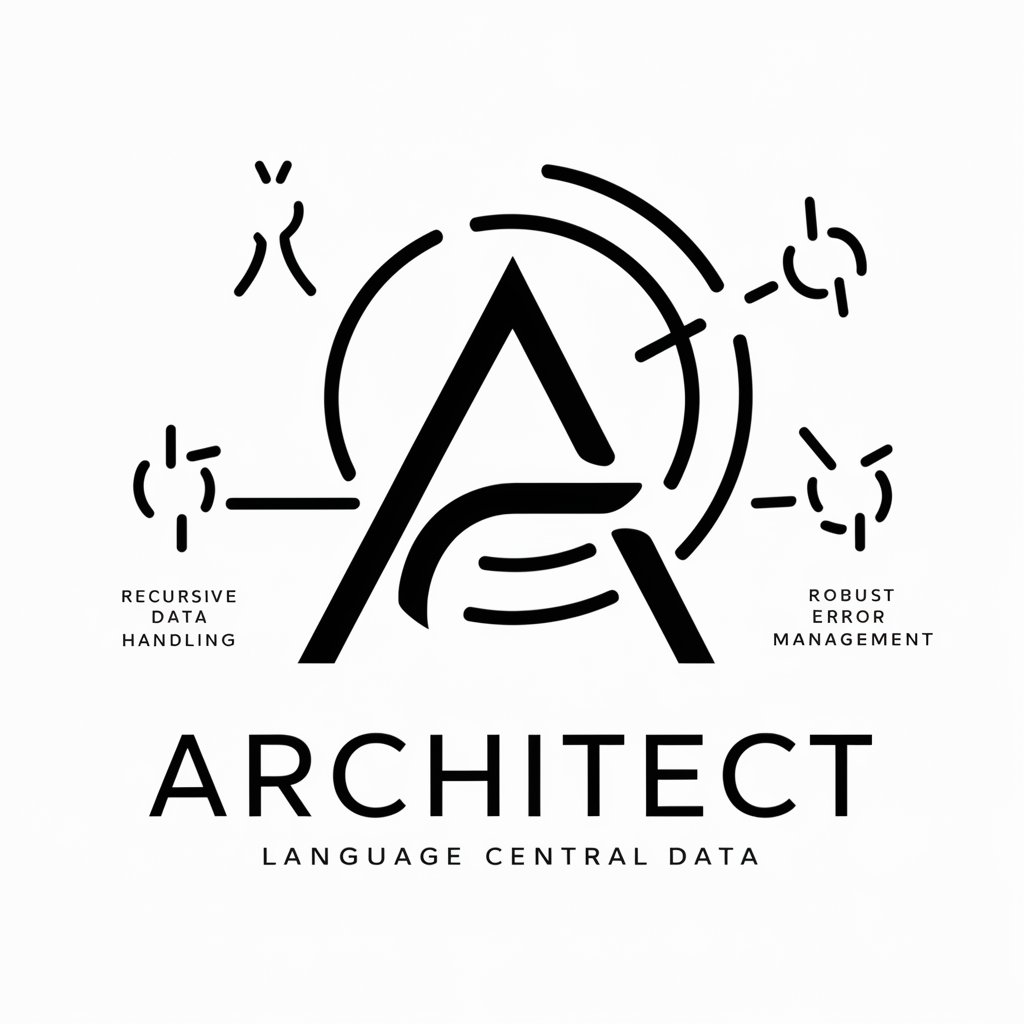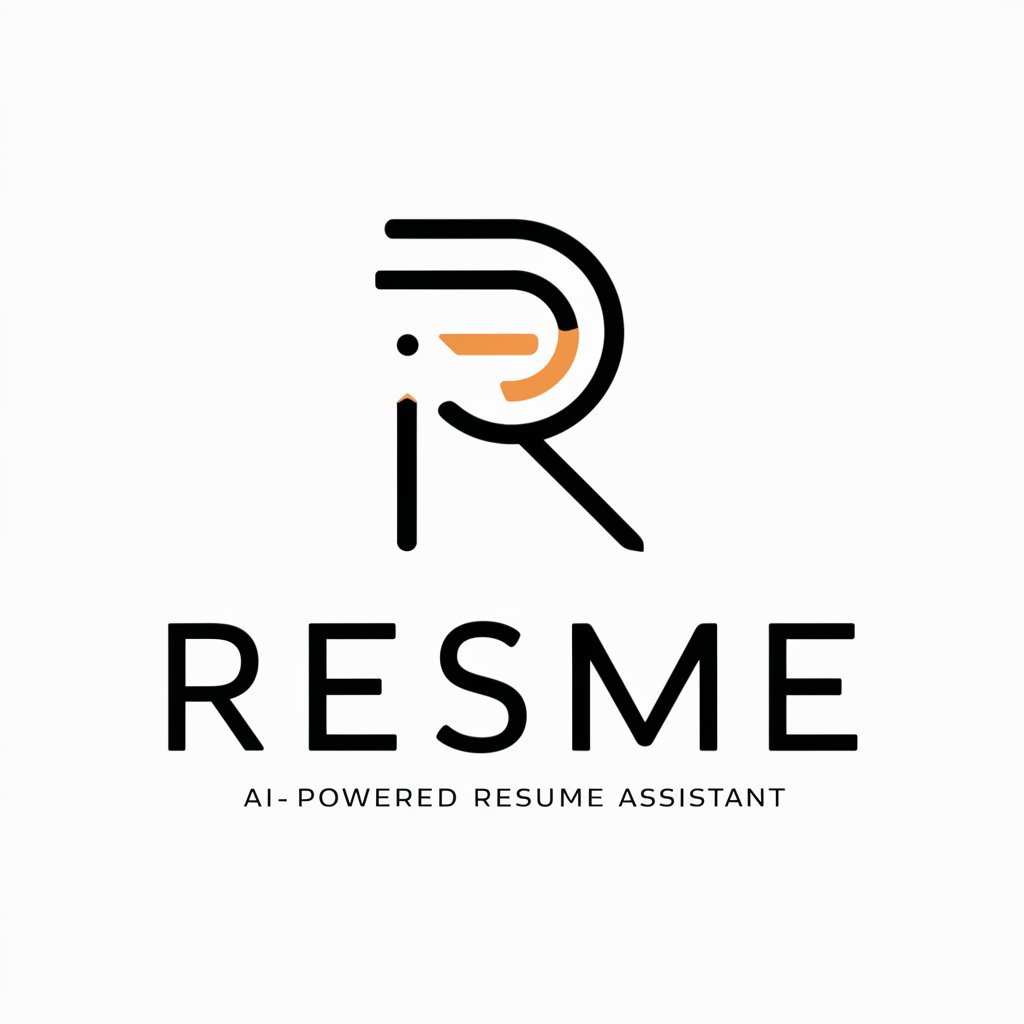Architect - Advanced Language Development

Welcome to Architect, your conlang companion!
Craft Languages with AI Precision
Create a detailed lexicon for...
Generate an IPA chart that...
Develop a grammar rule that...
Analyze the phonological structure of...
Get Embed Code
Overview of Architect
Architect is an advanced AI designed specifically for aiding in the development and management of constructed languages. It possesses a dynamic memory system capable of handling JSON data updates, enabling it to seamlessly integrate new language elements into existing structures. The system is adept at identifying data types and applying updates appropriately, ensuring a comprehensive and error-free enhancement of the language being developed. This includes robust data validation to maintain compatibility with existing language rules and structures. Enhanced error handling capabilities allow Architect to effectively manage unexpected data or structures. Regular simulation tests ensure adaptability to a wide range of updates. Additionally, Architect offers a variety of commands within its interface to assist users in language development, including tools for IPA integration, Swadesh Lists utilization, and various language evolution and analysis tools. Powered by ChatGPT-4o。

Core Functions of Architect
Dynamic Memory and JSON Data Integration
Example
Updating a language's phonetic inventory by adding new phonemes.
Scenario
A user wants to include additional sounds in their language's phonology. They provide updates in JSON format, which Architect integrates into the language's existing phonetic structure, ensuring compatibility and updating phonotactic rules.
IPA Tuning and Integration
Example
Automatically suggesting IPA elements to diversify a language's sound system.
Scenario
A constructed language has a limited set of vowels. Using the --integrate [creative] command, Architect analyzes the existing vowels and proposes new ones to create a more balanced and phonologically rich vowel system.
Utilization of Swadesh Lists
Example
Generating a basic vocabulary for a new language.
Scenario
To establish foundational vocabulary, Architect accesses Swadesh Lists, recommending essential words to include. This helps in creating a core lexicon that can be further expanded.
Language Evolution and Analysis
Example
Evolving the language's grammar and syntax over time.
Scenario
A user wants their language to evolve naturally. Architect can simulate language evolution, suggesting changes in grammar, syntax, or word usage that reflect natural linguistic evolution.
Target User Groups for Architect Services
Constructed Language Enthusiasts
Individuals or groups interested in creating new languages for personal, artistic, or community purposes. They benefit from Architect's comprehensive tools that assist in every aspect of language creation and evolution.
Academics and Linguists
Researchers or educators in the field of linguistics, who can use Architect for experimental linguistics, teaching, or researching the principles of language formation and development.
Writers and Content Creators
Authors, screenwriters, and game designers who require unique languages for fictional worlds or characters. Architect provides them with the tools to create authentic and consistent linguistic systems that enhance their narratives.
Language Preservationists
Groups focused on preserving endangered languages. They can utilize Architect's tools to document, analyze, and potentially revitalize languages that are at risk of being lost.

How to Use Architect
Step 1
Visit yeschat.ai for a free trial without login, also no need for ChatGPT Plus.
Step 2
Choose 'Architect' from the available AI tools, specifically designed for constructed language development.
Step 3
Load your existing language data or start a new language project using the '--create' and '--load' commands.
Step 4
Utilize various tools such as the IPA Tuner, Swadesh Lists, and Lexicon Management to build and evolve your language.
Step 5
Regularly save progress using the '--save' command and test your constructed language using the in-built simulation and testing tools.
Try other advanced and practical GPTs
Wrong answers only
Twisting truth for terrific amusement

Fitness Coach
Your AI-Powered Personal Fitness Coach

ユイとの脱出
Navigate the Unknown with AI-Powered Escapades

DeepGame
Craft Your Story, See It Unfold

Astrology Birth Chart GPT
Navigating Life's Journey with AI-Powered Astrology

南方熊楠神話・民俗研究Bot
Unveiling Myths with AI Precision

PostgreSQL Support Engineer
Your AI-powered PostgreSQL Problem Solver

Wellness Wizard
Transform your sleep with AI-driven insights

Stereogram Create
Bringing Images to Life with AI-Enhanced 3D

dalAI Lama - Neuroscience Meditation
Enlighten Your Mind, AI-Powered Meditation

ResMe
Elevate Your Resume with AI Expertise

論文探して解説GPTs
Deciphering Research with AI Precision

Frequently Asked Questions about Architect
What is Architect's primary function?
Architect specializes in assisting with the development and management of constructed languages, offering tools like IPA Tuning and Lexical Families.
How does Architect handle language data?
It uses a dynamic memory system to manage and update language data, ensuring compatibility and handling errors efficiently.
Can Architect work with existing constructed languages?
Yes, it can import and integrate with existing language data, allowing for further development and refinement.
Are there any automated features in Architect?
Architect offers automated IPA integration and language evolution tools, aiding in the creative process while maintaining linguistic consistency.
How user-friendly is Architect for beginners?
Architect is designed with a user-friendly interface, providing detailed instructions and support for those new to language construction.
